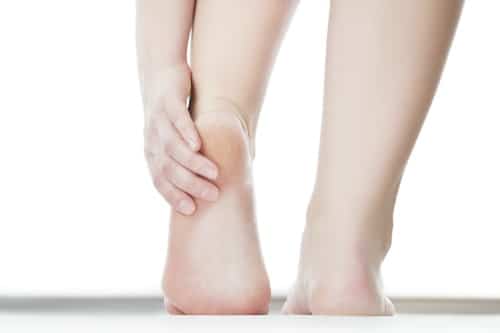The “real dirt” on Athlete’s foot is to keep your pretty feet and toes clean and dry. Athlete’s foot is caused by a fungal skin infection that commonly grows on the top layer of the skin and typically grows best in warm and moist places on your feet; often in between the toes.
Untreated, Athlete’s foot can spread easily. Although it is possible to get Athlete’s feet by touching the toes or feet of a person who has it, most people get it by walking barefoot on contaminated surfaces near swimming pools or in locker rooms. The fungi then grow in your shoes, especially if your shoes are so tight that air cannot move around your feet.
Some people are more likely than others to get athlete’s foot. Experts don’t know why this is. After you have had athlete’s foot, you are more likely to get it again.
Athlete’s foot can make your feet and the skin between your toes burn and itch. The skin may peel and crack. Your symptoms can depend on the type of athlete’s foot you have.
There are three main types of athlete’s foot. Each type affects different parts of the foot and may look different.
1) Toe web infection is the most common and easiest type of athlete’s foot infection to treat. Most infections occur between the fourth and little toe, but it can occur between any of your toes. The skin in these areas may be dry, scaly, and peel or crack. These irritated areas of skin are more prone to allowing other bacteria to enter your body.
2) A moccasin-type infection is often indicated by soreness on the soles or heels of your feet. The skin in these areas can crack and thicken, and in severe cases the infection often spreads into the toenails. This can cause thick or crumbly nails and even complete nail loss. If your toenails are affected they will require separate care and treatment methods.
3) Vesicular-type infections are identified by fluid-filled blisters that appear on the feet. They typically appear on the soles of the feet but can also appear on the top and heels. If the blisters rupture they can cause fluid to spread under the skin or create open sores where other bacteria can cause infections.
